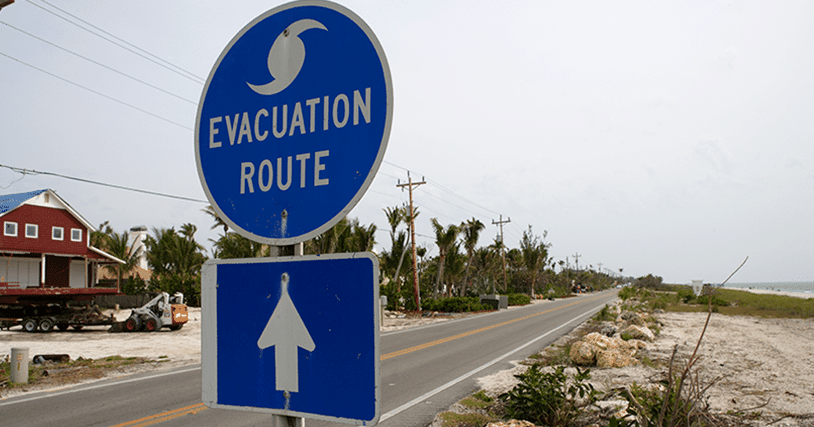
It’s hard to believe that in the midst of the COVID-19 pandemic, hurricane season is upon us. What’s more, the National Weather Service predicts an “above normal” Atlantic hurricane season, starting June 1 and running through November. For federal, state and local government employees working from home because of the coronavirus, staying connected has taken on a new meaning. Imagine what will happen if a major storm were to hit right now.
While we cannot predict exactly when or where a storm will strike, we can prepare to mitigate the effects when one is imminent. Here’s our easy-to-remember acronym, B.E.S.T.E., to help government agencies and businesses prepare for operations during and after a hurricane.
- BACK UP- Implement a path-diverse network backup solution to supplement terrestrial network connectivity. Satellite backup delivers seamless backup service that can keep mission critical applications up and online during and after a Hurricane.
- ELECTRIFY- Implement at least one back-up generator, corded telephone and portable battery charger with extra batteries on hand to keep your technology running, even if the electrical grid goes down.
- SEND UP- Save and back-up data frequently, storing the data in the Cloud or in a separate facility away from the potential hurricane impact area as local hardware can be at risk to potential flooding conditions.
- TRAIN- Develop and practice executing thorough Continuity of Operations (COOP) and emergency response plans for local facilities and staff – especially important when staff are teleworking.
- EVALUATE- Assess which applications and information systems are essential to operate. This can include emergency response plans, accounting documents, inventory logs and constituent information. Networks often become congested during disaster relief and it can help if applications on the network can be prioritized based on criticality.
Ultimately, disaster response is impossible to execute without reliable communications. When cell phone towers are damaged and terrestrial circuits are flooded, satellite delivers the connectivity needed to coordinate rescue and response and citizen welfare wherever disaster strikes.
With the pandemic as the backdrop, now more than ever, it is essential that businesses and government agencies plan to ensure continuity of operations – including communications – during and after disasters.
Click here to learn more about Hughes Emergency Communications Solutions.